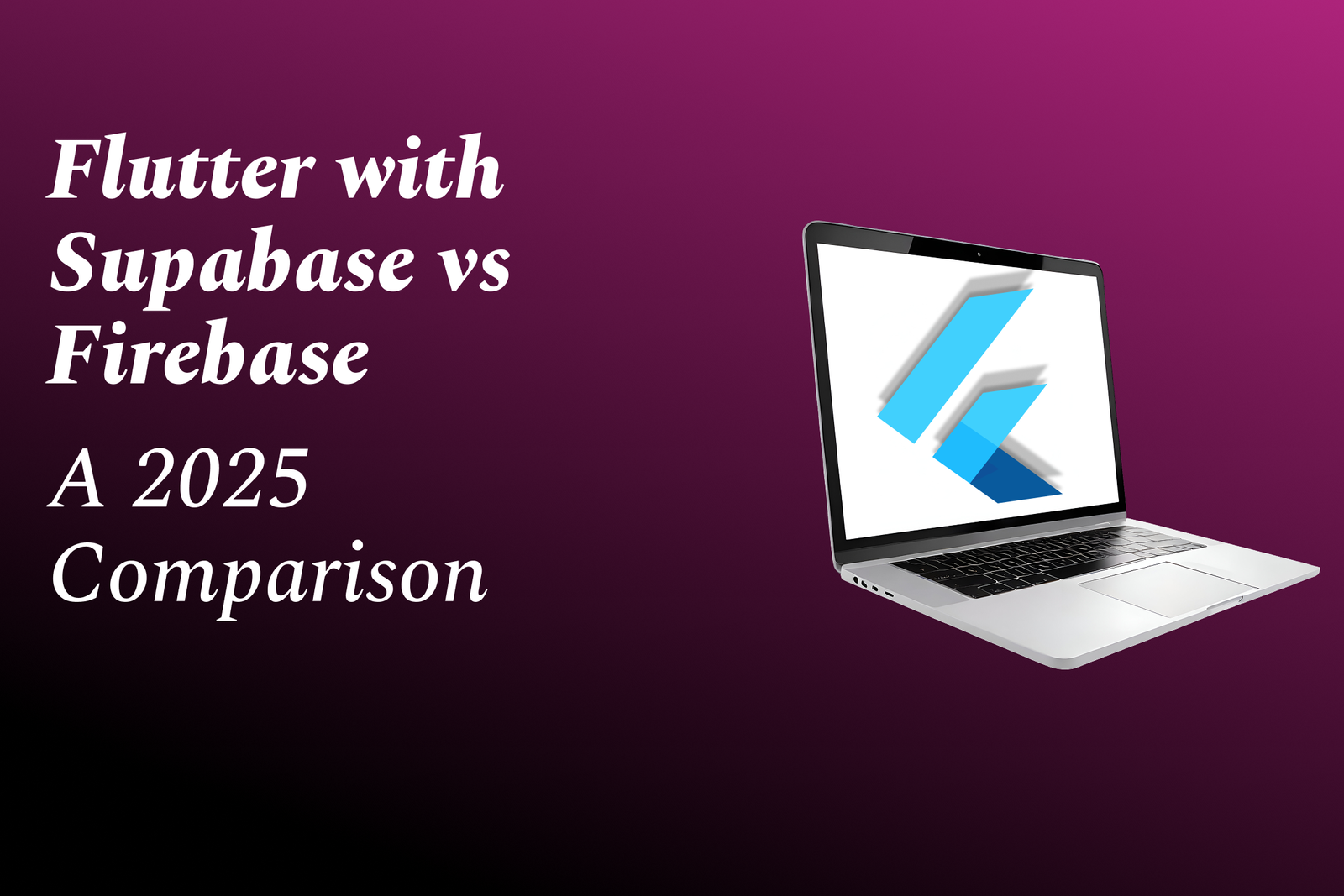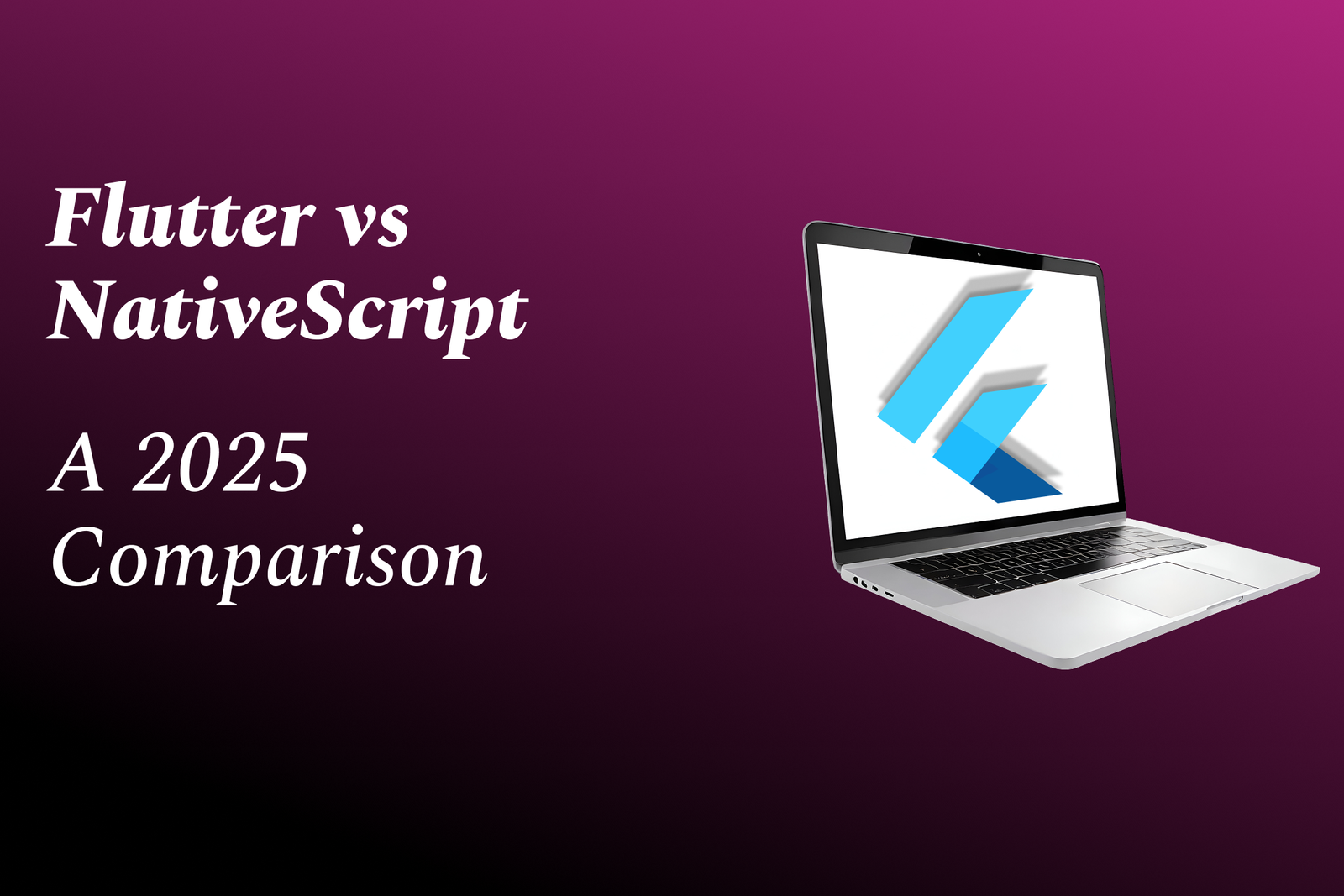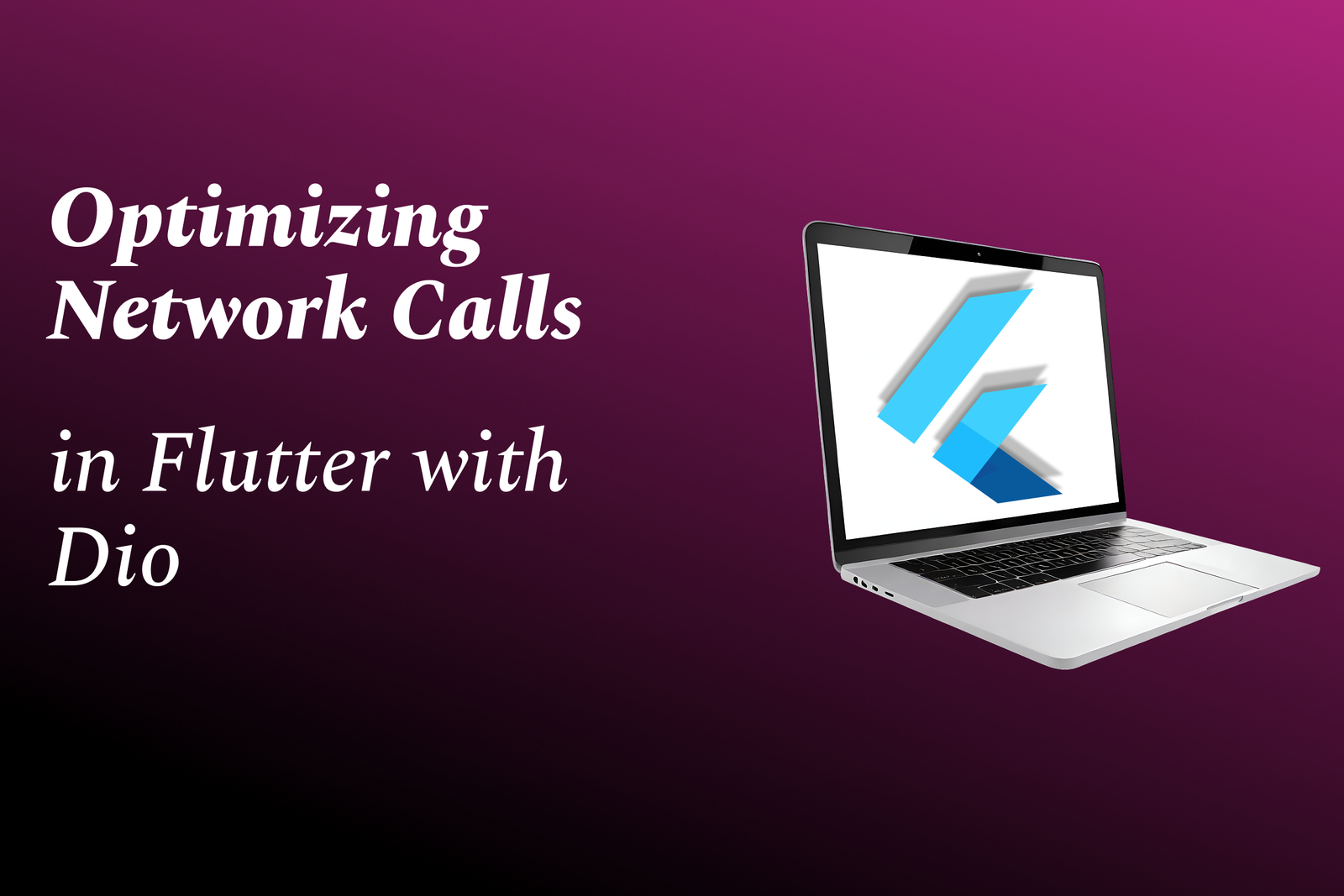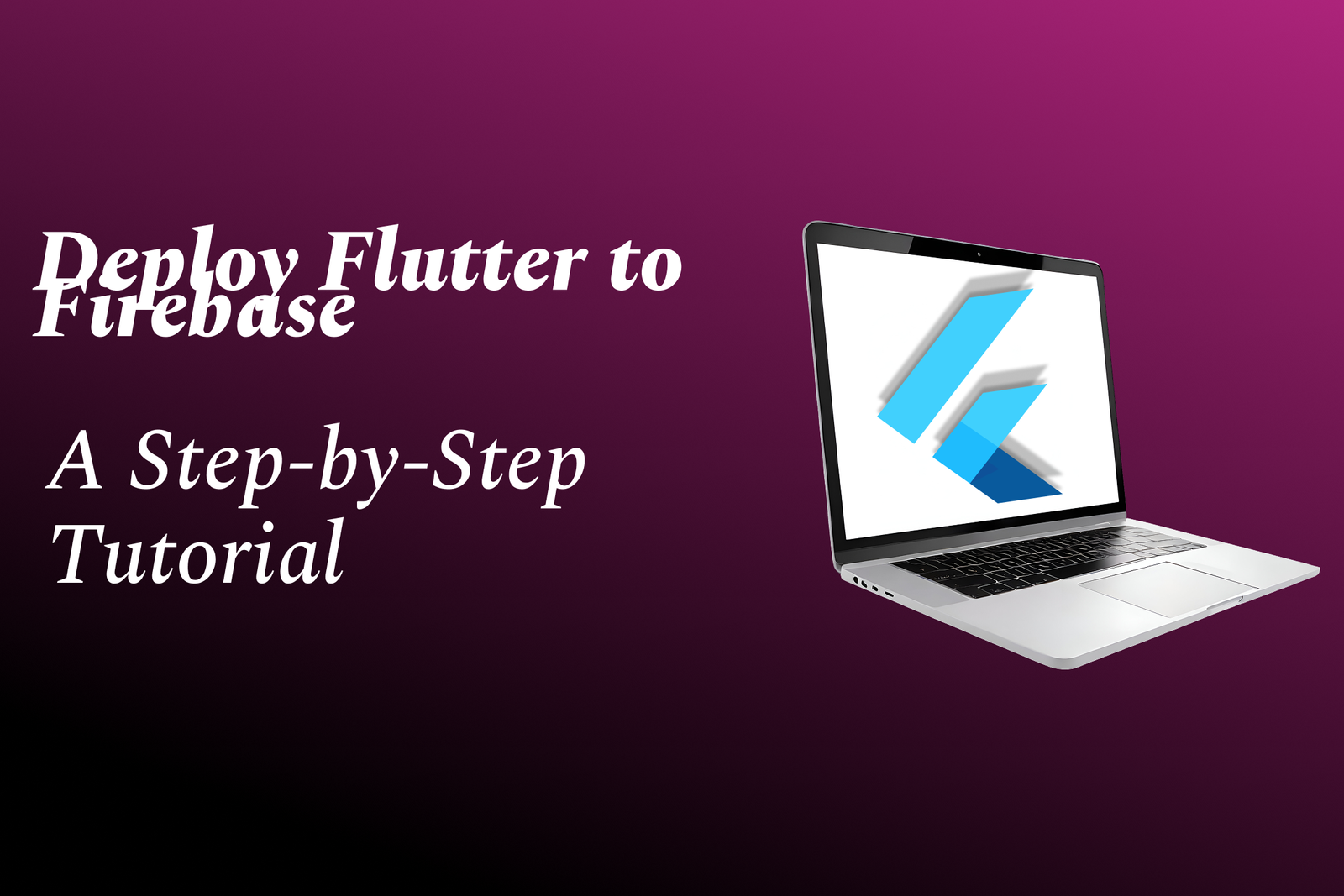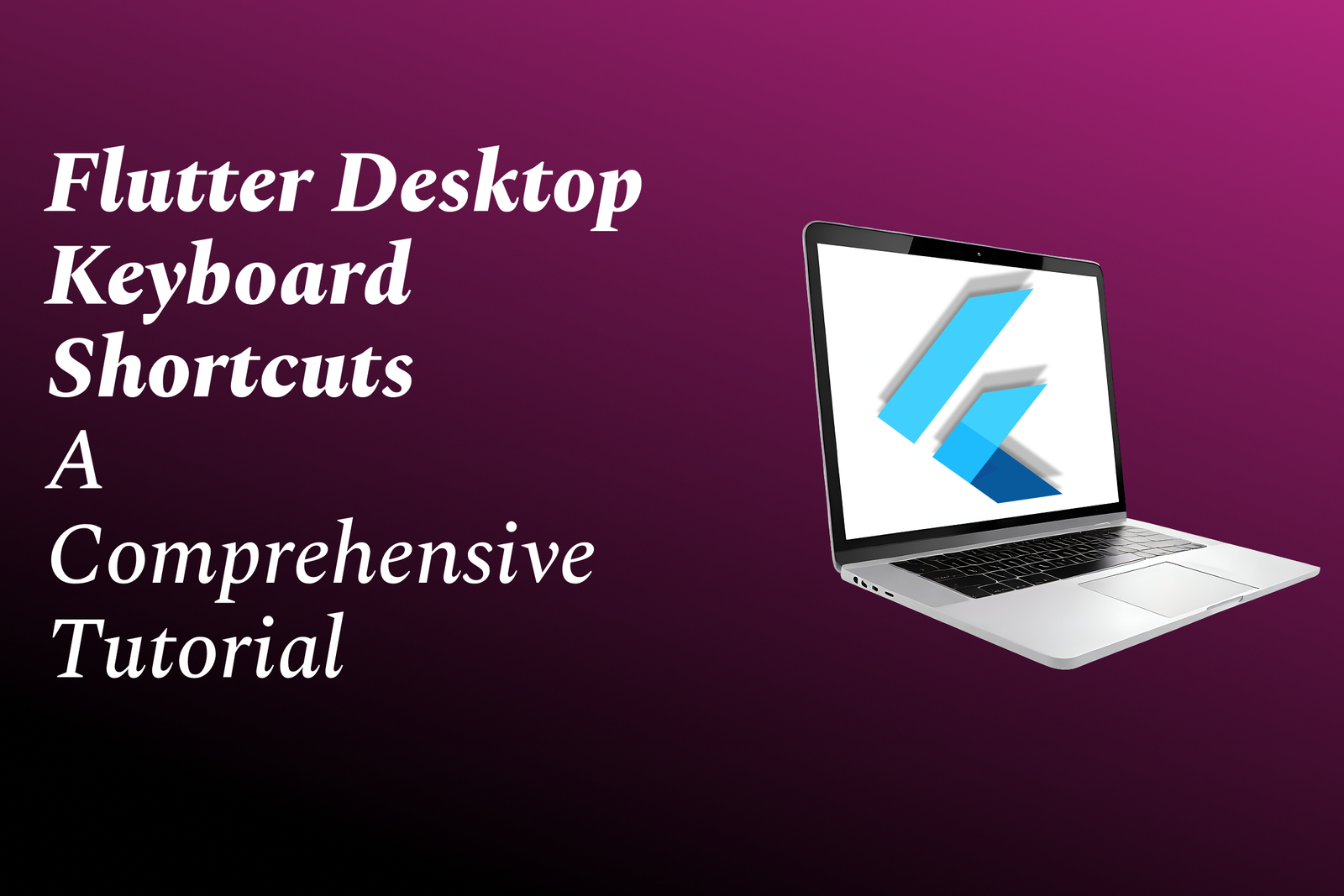Java Application Architecture
Designing Robust Java Application Architectures
Java Application Architecture
Java Application Architecture refers to the structured design and organization of Java applications, encompassing various architectural styles, patterns, and best practices that guide developers in structuring their code effectively. Common architectures include Model-View-Controller (MVC), which separates the application into three interconnected components to promote organized code and enhance maintainability; Layered Architecture, which divides the application into layers such as presentation, business logic, and data access; and Microservices Architecture, which breaks down applications into smaller, independent services that communicate over well-defined APIs. Java frameworks like Spring and Java EE provide the tools and libraries to implement these architectures, facilitating scalability, reusability, and ease of development. Overall, Java Application Architecture aims to create robust, maintainable, and scalable applications that can evolve with changing requirements.
To Download Our Brochure: https://www.justacademy.co/download-brochure-for-free
Message us for more information: +91 9987184296
1 - Introduction to Java Architecture
Overview of Java as a platform, covering its versatility in developing desktop, web, mobile, and enterprise applications.
2) Java Virtual Machine (JVM)
Explanation of the JVM's role in executing Java bytecode, enabling platform independence through the “Write Once, Run Anywhere” philosophy.
3) Java Runtime Environment (JRE)
Description of the JRE, which includes the JVM and standard libraries necessary to run Java applications, emphasizing its significance.
4) Java Development Kit (JDK)
Overview of the JDK, which includes tools like the compiler and debugger, crucial for developing Java applications.
5) Java Application Types
Classification of Java applications into categories such as Standalone, Web Applications, Enterprise Applications, and Mobile Applications.
6) Client Server Architecture
Discussion of how Java supports client server architecture, detailing the interactions between client side applications (like JavaFX/Swing) and server side applications (like Servlets).
7) Layered Architecture
Introduction to layered architecture, such as presentation, business logic, and data access layers, explaining their distinct roles in application design.
8) Microservices Architecture
Overview of microservices architecture in Java, focusing on the principles of building applications as a collection of loosely coupled services.
9) Frameworks and Libraries
Exploration of popular frameworks like Spring, Hibernate, and JavaServer Faces (JSF) that facilitate building robust applications and enhance productivity.
10) Database Interaction
Explanation of Java Database Connectivity (JDBC) and Object Relational Mapping (ORM) tools, discussing how they are used for data access in applications.
11) Web Technologies in Java
Overview of web technologies supported by Java such as Servlets, JSP (JavaServer Pages), and JSF for developing web applications.
12) APIs and Service Oriented Architecture (SOA)
Introduction to APIs and SOA principles in Java, detailing how they promote integration and allow applications to communicate over the network.
13) Design Patterns
Explanation of common design patterns (e.g., MVC, Singleton, Factory) used in Java development to solve recurring design problems.
14) Testing and Quality Assurance
Discussion on testing methodologies and frameworks in Java, including JUnit and TestNG, emphasizing the importance of ensuring application reliability.
15) Deployment Strategies
Overview of various deployment methods for Java applications, covering standalone installs, web servers (like Tomcat), and cloud based deployments (like Kubernetes).
16) Performance Optimization
Insights into performance tuning and profiling Java applications, including garbage collection optimization and reducing memory usage.
17) Security in Java Applications
Examination of security best practices in Java development, including authentication, authorization, and securing data transmission.
This outline provides an in depth exploration of Java Application Architecture that can guide students through the essential concepts needed to understand and develop Java applications effectively.
Browse our course links : https://www.justacademy.co/all-courses
To Join our FREE DEMO Session: Click Here
Contact Us for more info:
Learning Android Best Practices
Android Libraries Training
DJANGO and MongoDB
salesforce training program
DevOps performance testing




